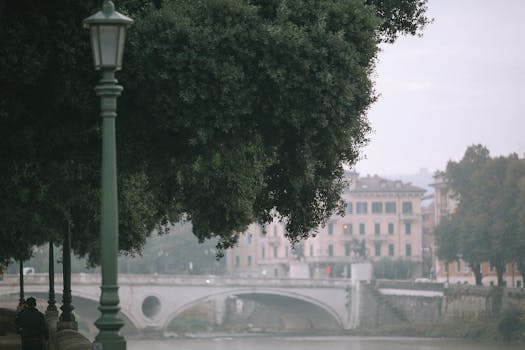
Urban Green Spaces: The Future of Outdoor Living in European Cities by 2025
Urban Green Spaces are becoming increasingly important in European cities, and for good reason. As the world becomes more urbanized, the need for green spaces has never been more pressing. Urban Green Spaces are not just aesthetically pleasing, but they also provide numerous benefits for both the environment and the people living in these cities.
Introduction to Urban Green Spaces
Urban Green Spaces refer to any area of vegetation in an urban environment, including parks, gardens, green roofs, and even street trees. These spaces are crucial for maintaining biodiversity, reducing air pollution, and mitigating the urban heat island effect. Moreover, they provide opportunities for recreation, socialization, and relaxation, making them an essential component of urban planning.
Benefits of Urban Green Spaces
The benefits of urban green spaces are numerous and well-documented. Some of the most significant advantages include:
- Improved Air Quality: Urban green spaces help to remove pollutants from the air, improving the overall air quality and contributing to a healthier environment.
- Climate Regulation: Green spaces can help to regulate the urban microclimate, reducing the urban heat island effect and providing shade and cooling through evapotranspiration.
- Noise Reduction: Urban green spaces can act as a buffer, reducing noise pollution and creating a more peaceful environment.
- Recreational Opportunities: Green spaces provide opportunities for physical activity, socialization, and relaxation, contributing to improved mental and physical health.
- Urban Biodiversity: Urban green spaces can support a wide range of plant and animal species, helping to maintain urban biodiversity and ecosystem services.
European Cities Leading the Way
Many European cities are at the forefront of urban green space development, recognizing the importance of these areas for the health, well-being, and sustainability of their citizens. Some examples include:
- Copenhagen’s Green Roofs: Copenhagen has implemented a policy requiring all new buildings to have green roofs, providing insulation, reducing stormwater runoff, and creating habitats for wildlife.
- Barcelona’s Superblocks: Barcelona has introduced the concept of superblocks, where streets are closed to traffic, and green spaces are created, reducing air pollution and improving pedestrian safety.
- Amsterdam’s Green Infrastructure: Amsterdam has invested heavily in green infrastructure, including parks, canals, and green roofs, making it one of the greenest cities in Europe.
Challenges and Opportunities
While urban green spaces offer numerous benefits, there are also challenges to be addressed. These include:
- Space Constraints: Many cities face space constraints, making it difficult to create new green spaces.
- Funding: Creating and maintaining urban green spaces requires significant funding, which can be a challenge for cities with limited budgets.
- Community Engagement: Engaging local communities in the planning and maintenance of urban green spaces is crucial for their success and sustainability.
Conclusion
Urban Green Spaces are a vital component of sustainable urban planning, providing numerous benefits for both the environment and the people living in European cities. As we look to the future, it is essential that we prioritize the creation and maintenance of these spaces, addressing the challenges and opportunities that arise. By doing so, we can create healthier, more sustainable, and more livable cities for generations to come.



